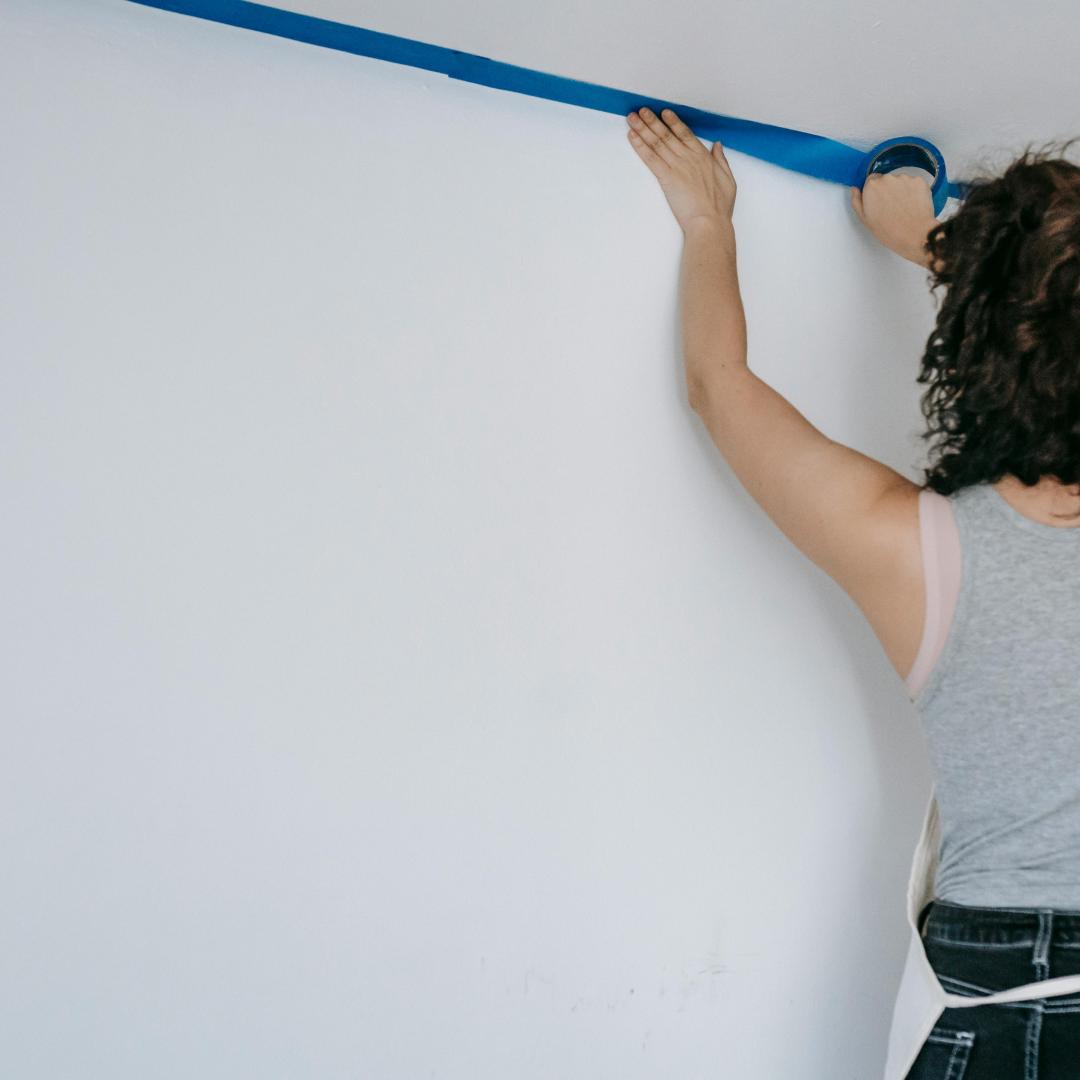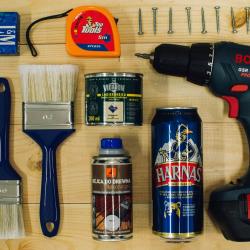Painting Walls: A Step-by-Step Guide
Painting walls is a straightforward yet transformative task that can refresh the ambiance of any room. Whether you're tackling a DIY project for the first time or looking to refine your technique, this guide will walk you through the steps to achieve a professional finish.
Materials You'll Need
Before you start, gather the necessary tools and materials:
- Paint (choose a quality interior paint)
- Primer (if necessary)
- Paintbrushes (for edges and trims)
- Roller and roller covers (for large surfaces)
- Paint tray and liner
- Drop cloths or plastic sheeting
- Painter's tape
- Sandpaper or sanding block
- Spackling paste or wall filler (if needed)
- Putty knife
- Ladder or step stool
- Stir stick
Step 1: Choose Your Color and Finish
Select a paint color that complements your space and carries the ambiance you desire. Consider finishes: flat for non-reflective surfaces, eggshell for a slight sheen, satin for a subtle glow, semi-gloss for durability and shine, or high-gloss for maximum sheen.
Step 2: Prepare Your Space
To achieve the best results, preparation is crucial:
- Clear the Room: Remove furniture or move it to the center of the room, covering it with drop cloths.
- Protect Surfaces: Lay down drop cloths to protect floors. Apply painter's tape to trim, windows, and door frames for clean edges.
- Clean the Walls: Wipe down walls with a damp cloth to remove dust and dirt, allowing them to dry completely.
Step 3: Repair and Sand
- Patch Holes: Use spackling paste to fill in small holes or cracks in the wall. Allow it to dry, then sand it smooth.
- Sand the Surface: Lightly sand walls to ensure an even surface and better paint adhesion. Wipe off dust with a clean cloth.
Step 4: Prime
Priming is essential, especially if you're painting over a darker color or on new drywall:
- Apply Primer: Use a roller for large areas and a brush for edges. Allow it to dry fully per the manufacturer's instructions.
Step 5: Painting the Walls
Now comes the exciting part: applying your chosen paint color.
- Cut In Edges: Use a brush to paint around edges, trims, and corners where rollers can't reach. Keep it neat and consistent.
- Roll the Walls: Load your roller with paint (don’t over-saturate) and roll it across the walls in a "W" or "M" pattern to cover large areas efficiently. Maintain a wet edge to avoid lap marks.
- Apply Second Coat: Allow the first coat to dry completely. Follow up with a second coat for a uniform finish, repeating the cutting in and rolling process.
Step 6: Refinement
- Remove Painter's Tape: Once the paint is dry to the touch, carefully remove the painter's tape. Doing this too early or late can result in peeled paint.
- Inspect for Touch-Ups: Look for any missed spots or uneven areas and touch them up with a brush.
- Clean Up: Properly clean your brushes and rollers. Store leftover paint securely.
Step 7: Set the Room
Once everything is dry, return furniture to its place and enjoy your freshly painted, revitalized space.
Conclusion
Transforming a room with a fresh coat of paint is incredibly rewarding. With the right preparation and attention to detail, you can achieve a professional-looking finish that enhances your living environment. Follow this step-by-step guide to tackle your next painting project with confidence and skill. Whether it’s a periodic refresh or a bold new direction in home décor, the power of paint is undeniable!






















